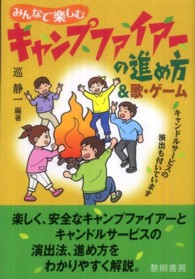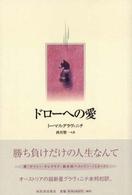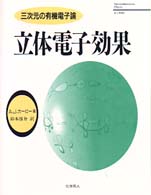Full Description
The first substantial book on the French Neo-Romantics, a cosmopolitan group working in 1920s Paris who turned against modernist abstraction in favour of a new form of figurative painting.
In 1926, the Galerie Druet in Paris made waves presenting a group of young painters who had spurned modernist abstraction and returned to a form of figurative painting. For most of them this was the first time they had exhibited, but their impact was considerable. Art critic Waldemar George baptized them the 'Neo-Romantics' or the 'Neo-Humanists'. They were influenced by Picasso, in particular his Blue and Rose periods, but went beyond him to forge new ways of painting. These were artists who liked to play with forgotten references and obsolete visual devices such as trompe l'oeil. They produced work for secondary art forms including the theatre, set design and ballet. In some ways they were the first post-modernists in the history of art, yet until now there has only ever been one book about them, After Picasso, published ten years after their exhibition. Only more recently has their influence on contemporary artists and thinkers including Max Jacob, George Hugnet and Gertrude Stein been recognized. Though friends, these painters never formed a formal group or movement.
The Second World War sent them on different paths, with the Berman brothers and Tchelitchev moving to the United States. Before their departure, however, their activities attracted the attention and admiration of a cosmopolitan group of characters, including Gertrude Stein, Alfred Barr, Lincoln Kirstein, George Balanchine and many others including leading fashion figures of the day, Christian Dior and Elsa Schiaparelli.
Contents
Author's note
Prologue
First act: 1926
1. Exiles
2. Leonid's travels
Second act: Against the tide
3. Gertrude Stein's prevarications
4. Ten portraits
5. The 'Bérard era'
6. Tchelitchew: weightiness and grace
7. Transparent bodies
8. Eugene Berman: dreaming of architecture
9. A Paper Ball
10. Medusa
Third act: Figures of style
11. Two minor arcana
12. The strange case of Waldemar-George
13. The invention of Neo-Romanticism
14. Neo-Humanism is a Neo-Mannerism
15. Fantasy landscapes
16. The theory of the saltimbanque
Fourth act: Convergence lines
17. The lightness of being
18. The English scene
19. Kit Wood, the outsider
20. The art of nuance








